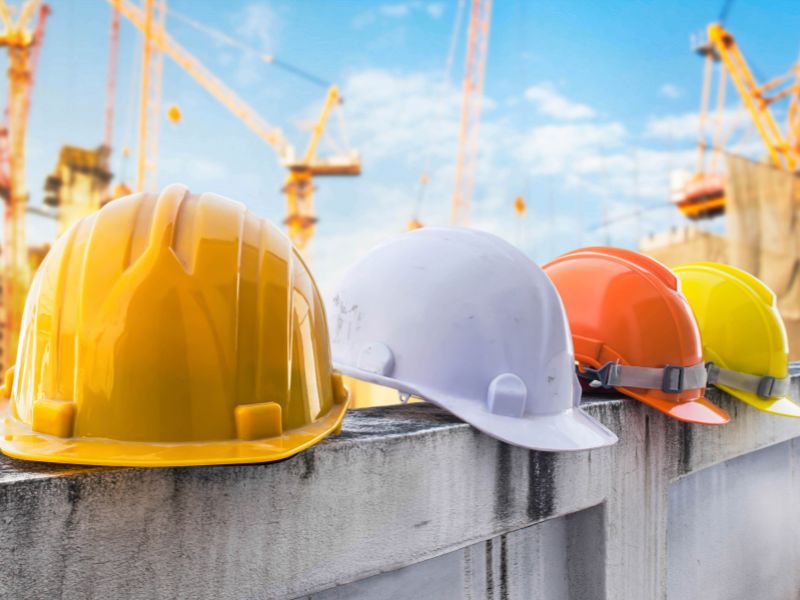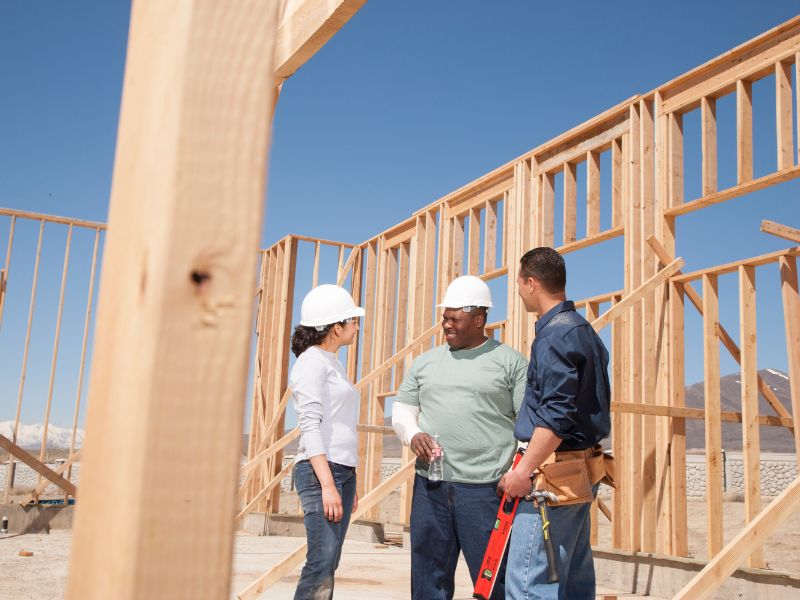Safety is paramount when it comes to building homes. Whether you’re a prospective homeowner or someone involved in the construction industry, understanding the intricate web of codes and regulations governing residential construction is crucial. These guidelines ensure that homes are not just structures but safe havens for the people who live in them.
Building Codes:
Building codes are the basis of residential construction safety. These codes, enforced by local governments, set the baseline for structural integrity, fire safety, plumbing, electrical systems, and more. Think of them as the blueprint for a secure and stable home.
Zoning Regulations:
Zoning regulations may seem bureaucratic, but they play a pivotal role in ensuring that residential areas are developed in a cohesive and safe manner. By designating zones for specific types of construction, zoning laws help maintain the harmony of neighborhoods, preventing potential safety hazards.
The Permit Puzzle:
Before a single brick is laid, builders must navigate the permitting process. Obtaining permits involves presenting plans that comply with building codes and zoning regulations. It’s a checkpoint system that ensures safety measures are in place before construction begins.
Structural Integrity:
Building codes extend their influence on structural safety, encompassing everything from materials used to design loads. Compliance is not just about meeting standards; it’s about ensuring that homes can withstand natural forces like wind, earthquakes, and snow loads.
Wiring the Right Way:
Electrical and plumbing systems are lifelines in a home, but they can pose hazards if not installed correctly. Codes related to these systems focus on preventing fires, shocks, and water damage. Compliance is key to guaranteeing that homes remain safe and functional.
Green Building:
Modern homes are not just about safety; they’re also about sustainability. Energy efficiency codes promote environmentally friendly construction practices, covering aspects such as insulation, HVAC systems, and other energy-related considerations.
Consumer Protection Laws:
Beyond technicalities, consumer protection laws ensure that homebuyers are well-informed and protected throughout the process. From contracts to warranties, these laws provide an extra layer of security for those stepping into the realm of homeownership.
Occupancy Permits:
As construction concludes, occupancy permits serve as the final stamp of approval. Issued after a thorough inspection, these permits confirm that the building meets all codes and is safe for habitation.
Residential construction is a complex dance of codes, regulations, and standards, all orchestrated to ensure the safety and well-being of those who call these structures home. Whether you’re a homeowner or a builder, understanding and adhering to these guidelines is not just a legal requirement; it’s a commitment to creating spaces where people can thrive, knowing that their safety is the foundation on which their homes are built.






